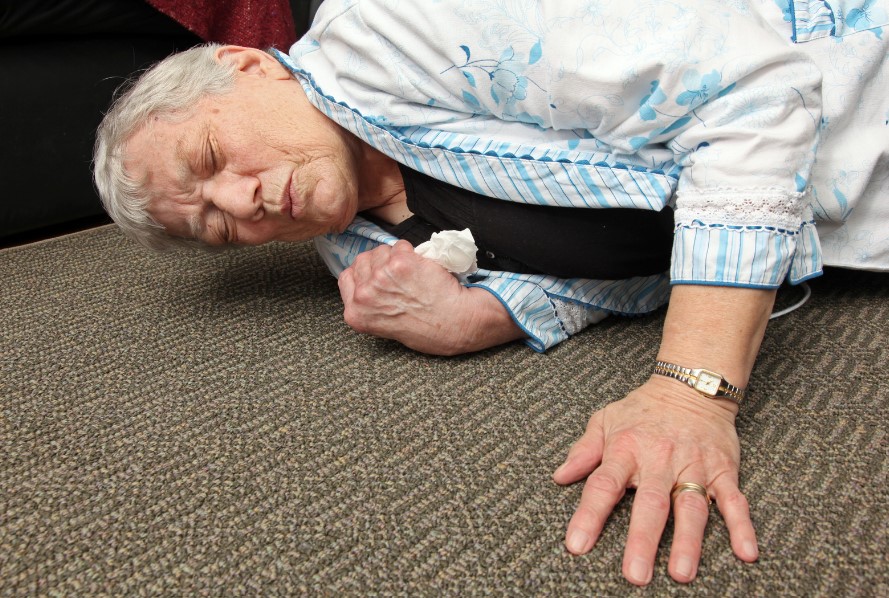Embarking on a fitness journey at any stage of life is essential to improved health, quality of life, and longevity. However, understanding the complexities of proficient exercise programming can be daunting and intimidating.
This guide is tailored for those beginning their fitness journey, aiming to demystify and streamline the process of starting an integrated exercise program. This approach allows the exercise program to become more of a tool rather than a task and is customized for your specific needs.
From self-assessment to implementing a complete exercise regimen, each step is explained in detail to ensure clarity and effectiveness.
Self-Assessment:
The first step in any fitness journey is a thorough assessment. Professionally facilitated is best, but one can self-assess with some basic guidance.
This involves:
- Evaluating Current Fitness Level: Honestly assess where you are in terms of strength, flexibility, and cardiovascular health. Can you climb a flight of stairs without getting winded? How many push-ups can you do? Can you rise from a low-seated position without assistance or using your arms?
- Identifying Health Limitations: Be aware of any chronic conditions or past injuries. Always consult with your healthcare provider before beginning any exercise/diet program.
- Setting Goals: Define what you want to achieve. Is it weight loss, improved mobility, or overall health improvement? Then establish milestones based on these goals as a means of keeping you motivated and on track.
Corrective Exercise:
Corrective exercise focuses on rectifying imbalances and poor movement patterns, essential for preventing injuries and maximizing the effectiveness of your workouts. Do your shoulders round forward? Do you have a hump in your back? Do you stand completely upright? Do your knees tend to drift toward each other?
These movement problems develop over time and are attributed to vocation, recreational activities (baseball vs. knitting vs. chess… etc.), activity levels, posture, exercise habits, and current physical conditioning.
Key areas to focus on:
- Posture: Many have postural issues due to sedentary lifestyles, lack of exercise, or reduced activity levels. Exercises like shoulder blade squeezes, and gentle neck stretches can help.
- Hip Flexors: Tight hip flexors can lead to lower back pain. Incorporate reverse lunges (with modifications if needed) and hip flexor stretches.
- Core Strength: A strong core is vital for stability. Start with basic exercises like pelvic tilts, wall planks, and bird dogs.
- Ankle Mobility: Ankle stiffness affects balance and walking. Practice ankle circles and toe-pointing exercises.
- Shoulder Mobility: For tasks like reaching overhead, shoulder mobility is critical. Try arm circles and wall stretches.
Structured Strength Training
Strength training is vital for muscle strength, bone health, improved balance, and metabolism maintenance. It is a fact of life that after age 50, your strength levels diminish significantly without regular strength exercise.
So, to stay ahead of the game or reclaim this vital resource, you must start with the basics. To simplify the concept for both strength and cardio, I am utilizing the FITT (Frequency, Intensity, Time, Type) principle for both.
Traditionally, FITT is employed exclusively for cardio programs, but through the years, I’ve discovered that FITT also fits well within the strength realm in helping those new to exercise understand integrated exercise programs.
Below is a sound example:
- Frequency: Train two to three times a week on non-consecutive days.
- Intensity: Begin with bodyweight exercises like squats and modified push-ups. When these become easy, introduce light weights.
- Time: Each session should last about 30 to 45 minutes.
- Type of Exercises: Focus on exercises that target multiple muscle groups, like squats, lunges, and push-ups. Avoid machines when possible; they can often do more harm than good.
FITT-Based Cardio Conditioning
Cardiovascular exercise improves heart health, elevates mood, enhances circulation, improves endurance/energy, and burns calories.
Once again, we will use the FITT principle. This time, it is a valuable tool to guide your cardio regimen to keep the program simple, efficient, and effective.
- Frequency: Aim for three to four cardio sessions a week.
- Intensity: Start at a low to moderate intensity where you can talk but not sing.
- Time: Start with sessions of 20 to 30 minutes.
- Type: Walking, cycling, and swimming are great starting points.
Progression and Beginner Tips:
- Start Slowly: Avoid overexertion in the early stages.
- Track Progress: Keep a simple log of your workouts to monitor improvements.
- Listen to Your Body: Rest if you feel pain or excessive fatigue.
Incorporating Flexibility
Flexibility prevents injuries and improves performance. Include dynamic stretches like leg swings and arm circles before workouts and static stretches like hamstring and arm stretches after workouts. These should be done following each exercise program, and never stretch cold muscles.
Integration and Consistency
Combine these components into a weekly schedule, balancing strength training, cardio, and flexibility exercises. Consistency is key – make your workouts a continual routine while seeking opportunities to progress.
Starting an exercise program can be a life-changing decision. Following this integrated approach can build a strong foundation for health and fitness.
Remember, the journey is personal and progressive. Start at your own pace, be patient with your progress, and most importantly, stay committed to your health goals.
Through this comprehensive approach, you’ll not only meet your fitness objectives but also embark on a path to a healthier, more active lifestyle.
Joe Carson B.S. NASM-CPT/FAS/CN
Master Trainer/Functional Aging Specialist/Certified Nutritionist
Twenty-First Century Aging





